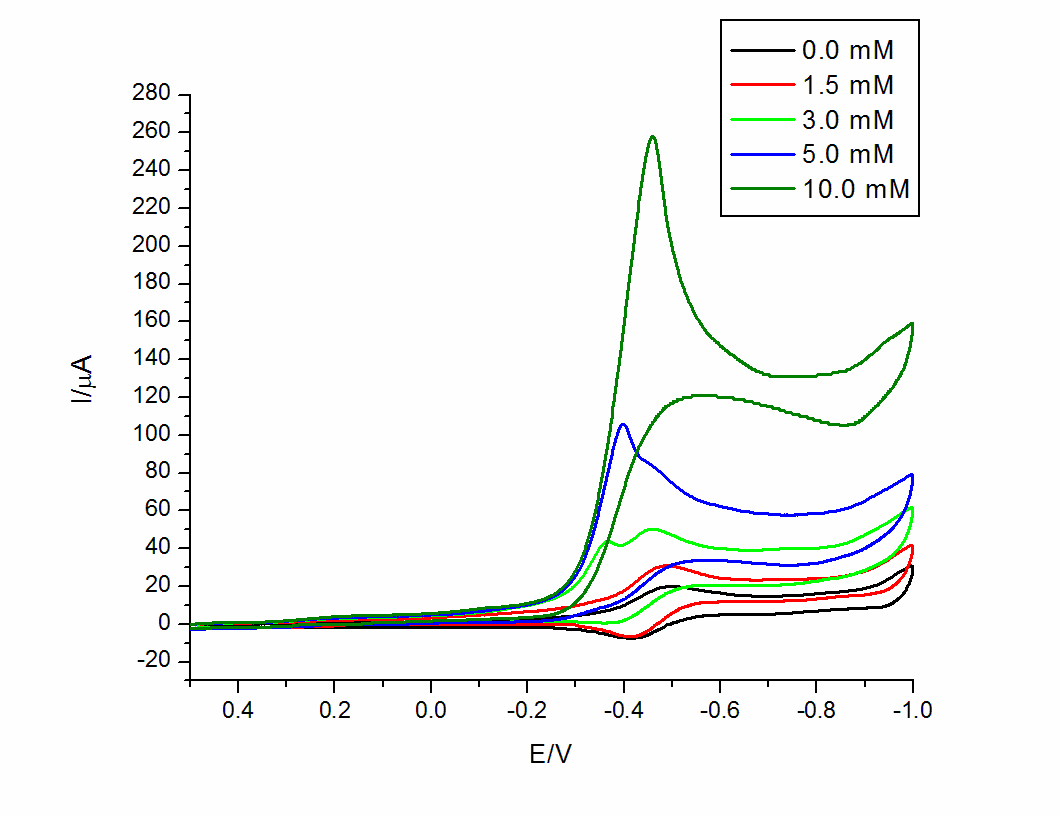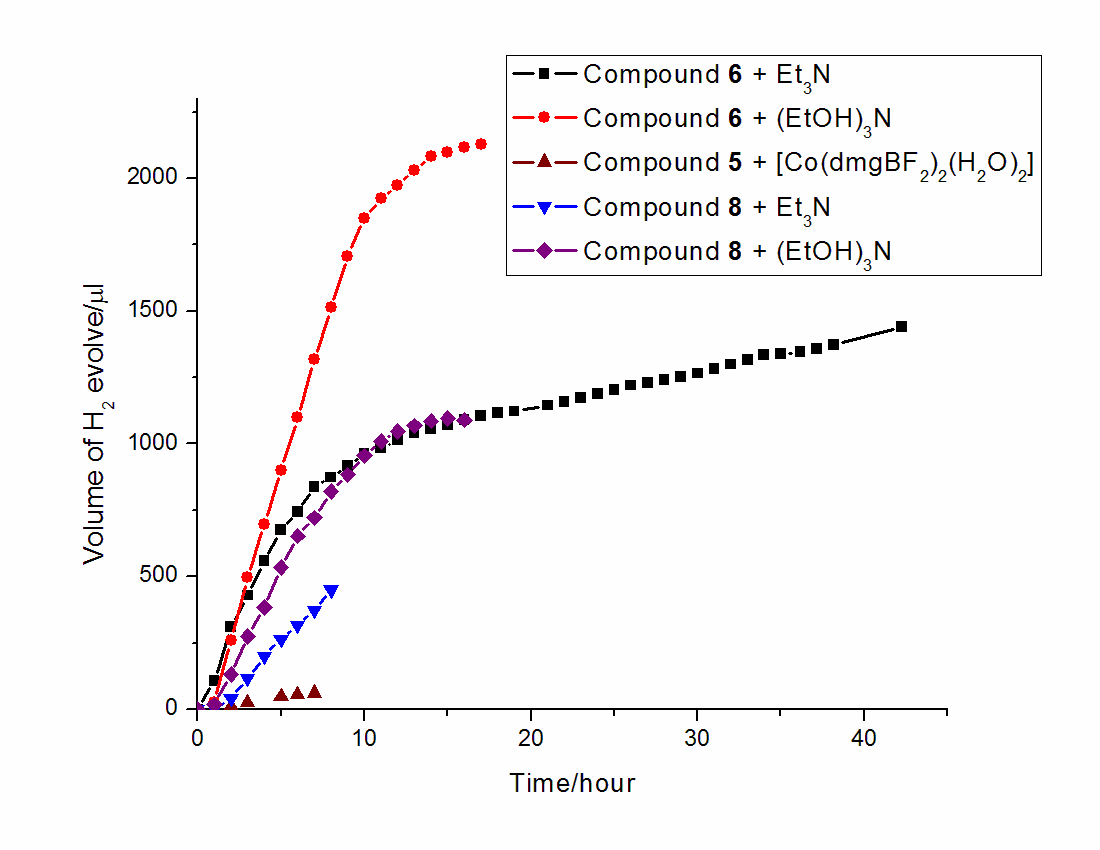Research Interests
My area of research revolves around biological and inorganic chemistry, bioinorganic and inorganic reaction mechanisms, which includes the following:

- Synthesis and characterization of supramolecular polypyridyl osmium(II), palladium(II), platinum(II), ruthenium(II), vanadium(IV), and vanadium(V) complexes for bioinorganic studies of DNA recognition andreactions by metallointercalators, followed by their uses as anti-cancer agents in photodynamic therapy; also the synthesis, characterization, and anti-cancer studies of cobalt(III)-, copper(II)-, and gallium(III)-containing complexes with natural products-derived thiosemicarbazones as ligands.

Jamaica ackees and coconuts
- The synthesis, characterization, and biomedical uses of cobalt, copper, vanadium, and zinc complexes in alleviating diabetes.
- The synthesis, characterization, reactivity, and biomedical uses of NOx-containing compounds.
- Synthesis and characterization of novel non-hydrolyzable nucleotides (inclusive of C-13 labeled nucleotides); also cobalt(III), chromium(III) and vanadium(IV/V) complexes. Their uses as inhibitors of the enzymatic synthesis of DNA through the use of DNA polymerase β.
- The synthesis, characterization, and use of mixed-metal binuclear photocatalysts for the production of H2 and O2 from water (artificial photosynthesis) with the use of photocatalysts that contain polyoxometallates and ruthenium(II) and cobalt(II)/cobalt(III) metal centers. Multinuclear NMR (11B, 19F, 31P, and 59Co, to name a few), EPR, cyclic voltammetry, electron transfer reactions in aqueous media are used to characterize species in solution. In essence we are embarking on the use of nanoparticles to make renewable energy. There is an interest in photochemistry, and the use of X-rays to map out metal centers in solution, and Raman spectroscopy.

Climate Change Summit 2040
- Metallomesogens: Design and synthesis of metallomesogens for CO2 sequestering and production of biodegradable polymers.
- The use of EPR {V(IV), Co(II), Cu(II), and Mo(V) at ambient and liquid nitrogen temperatures}, NMR (1H, 11B, 13C, 15N, 19F, 31P, 49Ti, 51V, 59Co, 95Mo, 119Sn, and 195Pt), and other physical means in the structural elucidation of various transition metal complexes.
- The synthesis, characterization, reactivity, and biomedical uses of metallomesogens.
At present, our main research project involves artificial photosynthesis, a project that is funded by the NSF. This project is described below:
We utilize an interdisciplinary approach which is rooted in bioinorganic chemistry to develop clean and renewable energy. One of our main focuses involves the development, synthesis, characterisation, and reactions involving transition metal complexes as catalysts for artificial photosynthesis. One specific strategy also involves developing electrocatalysts for the reduction of protons to produce hydrogen. When coupled with a ruthenium(II) photosensitiser, these systems will allow for the conversion of sunlight into a clean burning fuel in the form of hydrogen gas. We rely on a synergy of analytical, synthetic, physical, materials, and inorganic chemistry to develop such systems for harvesting and utilizing solar energy. This research project is funded by the NSF, and is being carried out by undergraduate and graduate students at ODU.
Outreach by involving students from middle and high schools are of importance as we encourage such students to study STEM subjects. Please see Seth Smith’s Science Fair Presentation at Ghent Montessori School, Norfolk, Virginia. This event occurred on Friday, April 11, 2014 at 0919 hours. Graduate student, Mr. Michael Celestine played a role in training Seth with this production at Old Dominion University, Department of Chemistry and Biochemistry. Thank you, Michael!! Great job!!
A visitor to this web page is encouraged to read these citations:
To read the full 2018 article, where we used on compounds for the study, click on the following link: Article on Zika virus and dengue virus

Photocatalysis: Hydrogen production.

Electrocatalysis with compound 6 in acetonitrile.

Complexes 6-8.

Photocatalysis involving the complexes in acetonitrile.

Recent Comments